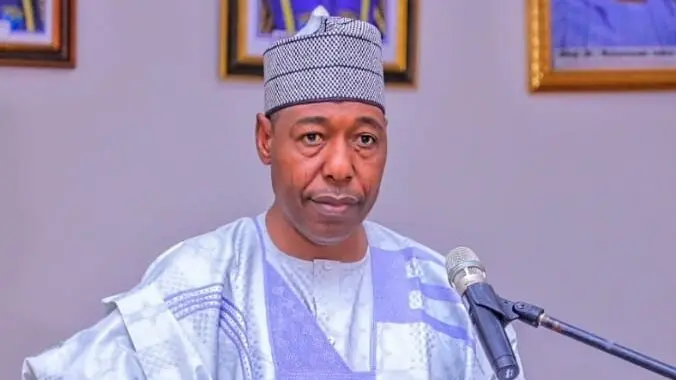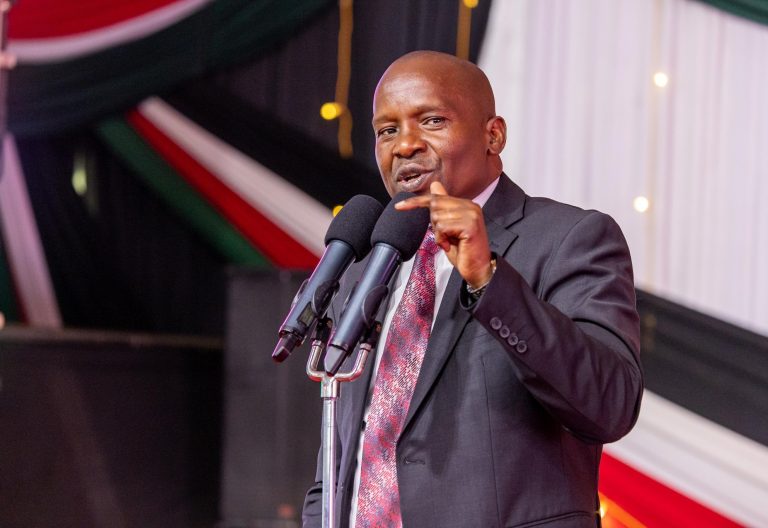Book Review II of Asymmetric Power Relations and International Trade Law: A Legal Analysis of Economic Partnerships Agreements
The chapter begins with a riveting exposé on intra-African trade, which, contrary to popular belief, predates the arrival of European traders on the continent. Countries such as Ghana, Mali, Kilwa, and Zimbabwe played significant roles in trading among themselves and later with traders from Europe. West Africa, for instance, reportedly engaged in trade with the outside world hundreds of years before the Industrial Revolution. During this period, the intra-African trade in East Africa primarily centered around salt and iron, both scarce commodities at the time, making them desirable trade items.
The West African nation of Mali gained global fame for its rich gold deposits. The scale of Mali’s gold deposits was such that Mansa Musa was said to have “left no emir or royal holder of royal office without a gift or load of gold” during his visit to Cairo. Reports suggest he distributed so much gold that he caused a devaluation of gold in Egypt. The discovery of Mali’s vast gold deposits put the nation on the global trade map. The West African nation of Ghana was richly endowed with gold deposits, so much so that in the eighteenth century, it earned the title “the Land of Gold.” At that time, the Savanna south of the Sahel served as West Africa’s food basket, producing significant items such as cereals, rice, kola nuts, and fish. Gold was also traded in distant markets, yet Mali held a near-total monopoly on the gold market, effectively making it one of the wealthiest nations on earth during that period.
The trading system in West Africa was well-organized, so much so that despite the Portuguese’s attempts to penetrate it, they could not succeed. When the Portuguese began to make inroads into the gold market in the late fifteenth century, they were unable to change the direction of the gold supply. Trade among these African nations became increasingly sophisticated, attracting the West’s attention. This ultimately resulted in the Berlin Conference of 1884 and the colonization of African countries by European superpowers and the United States of America.
Convened in 1884 and held from November 15, 1884, to February 26, 1885, the Berlin Conference’s agenda included the interests of commercial and industrial nations, state control over the regions of the Congo, and the welfare of the native population. Interestingly, no Africans were invited to the conference. According to Global Erinnern, Berlin Africa Conference 1884 https://globalerinnern.org/en/event/berlin-africa-coference-1884, the author argues that the Berlin Conference represented a pivotal point in the crystallization and establishment of asymmetric trade between the West and Africa.
The author argues that the negative impact of the slave trade on the economic development of the African continent remains evident today. Douglas Rimmer, ‘Learning About Economic Development From Africa’ (2003), African Affairs, vol. 102. Following the abolition of the slave trade, Western powers, intent on preserving their dominance over Africa and its people, resorted to establishing plantations where locals were employed to cultivate crops such as indigo, coffee, sugar cane, cotton, and tobacco, which were subsequently exported to eager Western markets. Early treaties between local chiefs and foreign traders laid the groundwork for asymmetric trade. One such agreement was the treaty made between Britain and the Kings, Queens, and Chiefs of Asaba in 1852, which stipulated that:
"The Kings, Queen and Chiefs of Asaba agree and promise to refrain from entering into any correspondence, Agreement, or Treaty with any foreign nation or power except with the knowledge and sanctions of Her Britannic Majesty’s Government." Treaty Between Britain and Kings, Queens and Chiefs of Asaba, signed at Asaba, 1884, Article II.
Another chapter of interest is the approach taken by China towards African development. The author seems to question whether the Chinese approach will move the continent away from the systemic asymmetry that exists between it and traditional trading partners. While she made the case that trade relations with China are not a panacea to Africa’s challenges, she believes they hold promise.
Up until recently, Africa primarily traded with Europe and the United States. However, engaging with Western trade necessitated that African nations accept specific conditions, such as promoting human rights and democracy, which compromised their sovereignty. For example, the African Growth and Opportunity Act (AGOA) imposes strict requirements that beneficiary nations must meet. These include reducing government involvement in the economy through policies like price controls, subsidies, and state ownership of assets; participating in activities that could threaten U.S. foreign policy interests; facilitating or committing severe violations of internationally recognized human rights; supporting terrorism; and collaborating in global efforts to address human rights abuses and terrorist actions—section 104 (A) (1), AGOA.
The emergence of the Chinese presence dramatically altered the dynamics. China recognises the sovereign right of every African nation to formulate laws for its populace and does not place conditions on its trade partners. As a former colony, China has been instrumental in the anti-colonial movement in Africa. Although China does not demand adherence to human rights from its African allies, its agreements often favour its interests. These include stipulations requiring partner nations to forfeit their sovereign immunity in default scenarios. For example, Clause 15.4 of the China-Kenya Agreement specifies that the borrowing nation must “irrevocably and unconditionally waive any immunity to its property.”
To invest in the modernisation of the 470-kilometre rail line linking Mombasa and Nairobi, financed by the China Eximbank, the Mombasa Port was used as collateral. The agreement also included a clause ensuring that Kenya’s domestic and international strategic assets were not protected under sovereignty and were at risk of being seized by the Chinese government in the event of a default. As if this were not bad enough, the loan agreement included a non-disclosure clause, meaning the Kenyan people were not entitled to know the agreement’s details.
Another curious part of the agreement relates to the clause on jurisdiction concerning arbitration. The contentious clause states that in the event of any dispute arising from the agreement, the parties, after attempting to resolve the dispute through friendly consultation, shall have the right to submit such dispute to the China International Economic and Trade Arbitration Commission (CIETAC) for arbitration. In addition to the fact that the arbitration proceedings were to be conducted in accordance with CIETAC’s arbitration rules in effect at the time of applying for arbitration, the proceedings themselves were to be held in China. ‘Export-Import Bank of China and The Government of the Republic of Kenya: Buyer Credit Loan for the Kenya Nairobi-Naivasha Standard Guage Railway Project’ (Contract No. BLA201505)
As the author rightly notes - and this perspective is hard to dispute - this clause is disproportionately favorable to the Chinese. Not only is the venue for the arbitration proceedings located in China, but the proceedings will also be conducted according to CIETAC rules. In this context, the writer’s suggestion that China establish CIETAC in Africa to manage cases arising from contracts with its African partners, thereby reducing travel expenses and enhancing convenience, is both innovative and intuitively reasonable. Inebu C. Agbo-Ejeh, Asymmetric Power Relations and International Trade Law: A Legal Analysis of Economic Partnership Agreements (Routledge, 2025)
The presence of China as a viable trade partner in Africa is quite apparent, particularly in infrastructure. Significant Chinese investments in Africa include: a $24 million investment in a textile mill in Zambia and over $300 million in mines, manufacturing, construction, and agriculture; a $ 2 billion credit facility extended to Angola for infrastructure rebuilding; a Chinese company, CNOOC, investing $2.3 billion in Nigeria’s oil and gas sector; $27 million invested in rehabilitating copper and cobalt mines in the Democratic Republic of Congo Sonia Rolley, 'Exclusive: Congo to Hike Stake in Copper, Cobalt Venture With China' (24 May 2023) www.reutres.om/markets/commodities/congo-hike-stake-copper-cobalt-venture-with-china-2023-05-24; $3 billion invested for the construction of a 560-kilometre railway track in Gabon; and $3.02 billion allocated for the rehabilitation of railway tracks in Nigeria, among several others.
Despite these significant investments, China has faced criticism for taking undue advantage of African countries in structuring its loan facilities. Furthermore, China’s labor practices in the countries where it operates have come under severe scrutiny, not only regarding the imbalance in employee numbers but also concerning workplace safety and conditions of service. George Ofosu and David Sarpong, 'The Evolving Perspective on the Chinese Labour Regime in Africa (2022) Economic and Industrial Democracy vol 43
China’s investment in Africa has been met with skepticism in some circles. Some view it as an attempt to counter Western nations’ efforts to hold African leaders accountable by linking their investments to principles of good governance and respect for human rights. Others perceive it as a desperate quest for resources, often with little regard for the conditions or welfare of their trading partners. In this context, China faced significant criticism for continuing to import oil from the Darfur region of Sudan and supplying arms to government-backed militias despite the genocide occurring at the time.
This book effectively debunks the popular myth that trade in Africa began with European traders and missionaries arriving on the African continent. African countries had been trading amongst themselves long before the arrival of Europeans on the scene. The Berlin Conference balkanized the African continent, laying the foundation for plundering the continent. The effects of that conference are still visible to date – asymmetric trade between African nations and the West.
China has emerged as one of Africa’s leading trading partners. Unlike Western nations, which trade under conditions similar to those specified in the Africa Growth Opportunity Act, China prefers to engage with African nations as equals. However, while their loan facilities do not impose conditions that beneficiary countries must meet, they contain heavily skewed clauses favouring China. This has drawn criticism from Western nations as a new form of colonialism.
The work is written in a straightforward, easy-to-understand style, free of legal jargon, making it accessible to non-lawyers. It dispels the common myth that European traders and explorers opened up the African continent, providing substantial evidence that intra-African commerce was well-established and deeply ingrained long before the arrival of European traders. The Chinese are not the new colonialists that the West would have us believe. They engage with African nations as equal partners and do not interfere in the local politics of the African countries they engage with. While Western nations insist on lofty ideals of human rights and democracy as prerequisites for engagement, China’s approach differs by emphasizing the principle of non-interference.
The book’s thorough research on relevant and contemporary scholarly literature enables the author to provide a balanced and nuanced analysis of the subject.













